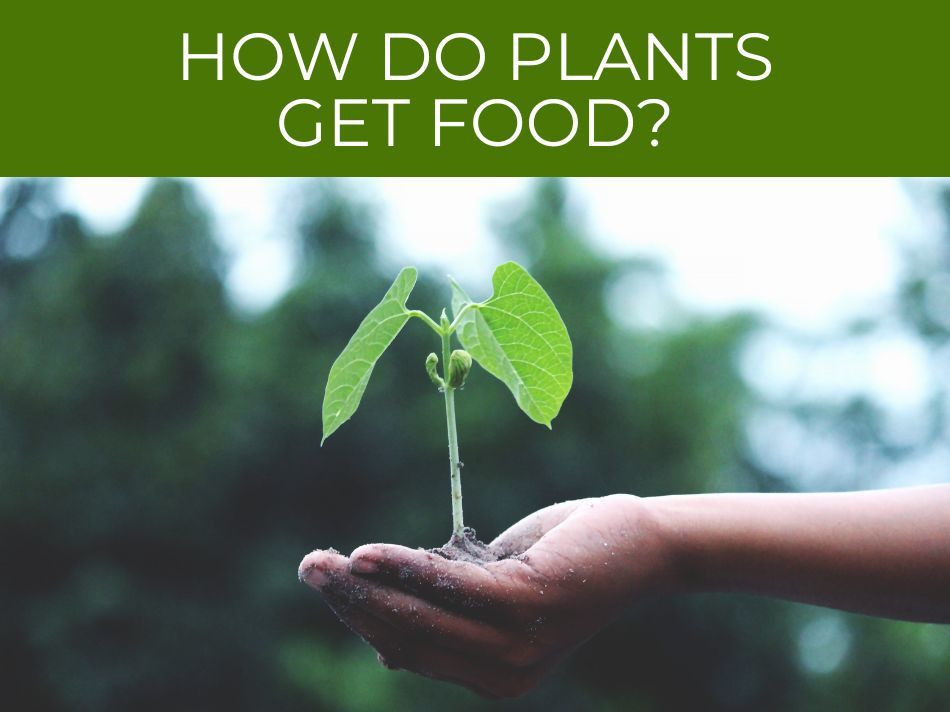Plants are called producers because they make their own food. Plants get their food from their environment. All living things need nourishment. Animals and humans eat food to get their nutrients. Plants take materials from their environment and make food for their nutrients.
Plants use photosynthesis to combine water, soil, & sunlight, to produce sugar (glucose). Plants draw water & nutrients through their roots. The leaves use light & chlorophyll to undergo photosynthesis, which combines oxygen & water into glucose, which plants use as food.
Photosynthesis is the process where plants make their own food. Understanding more about photosynthesis has helped us determine the best ways to grow plants and to encourage them to have the most output.
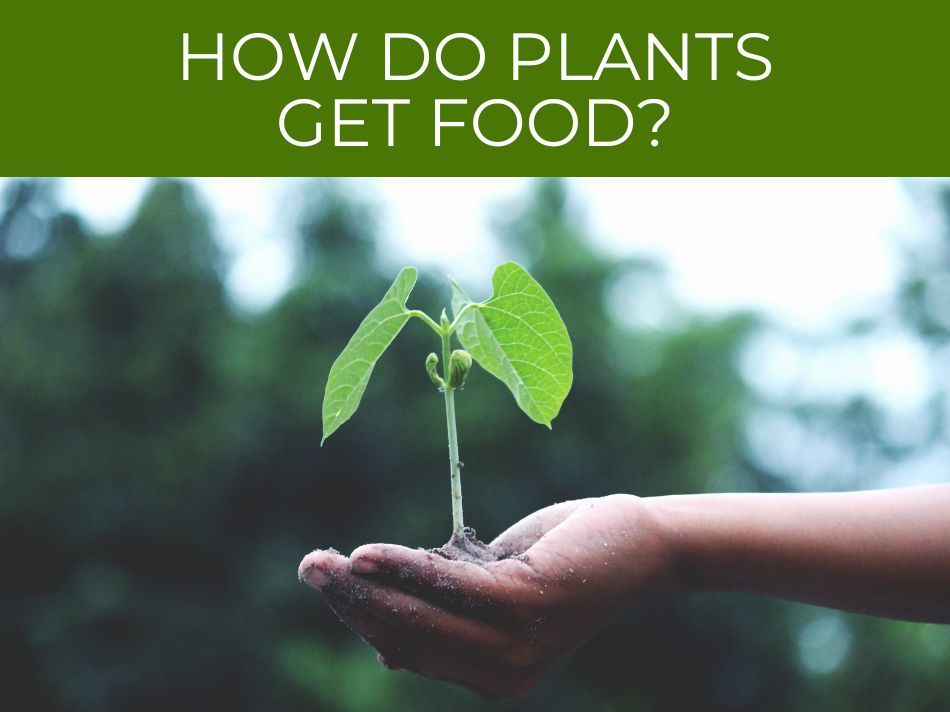
How do plants get food?
Plants get their food from light, air, & water. Plants undergo photosynthesis to combine carbon dioxide (CO2) & water (H2O) to create sugar (glucose), which they use as food. A “waste” byproduct from photosynthesis is oxygen (O2).
Plants need nutrients but they do not eat as we do.
Instead of taking in food and breaking it down, plants take in materials from their environment and make food for themselves.
It is kind of the reverse of the process humans use to get nutrients.
They also clean up the environment to some degree.
Plants take in carbon dioxide and produce oxygen in the process, but the production of glucose is more important for the plant.
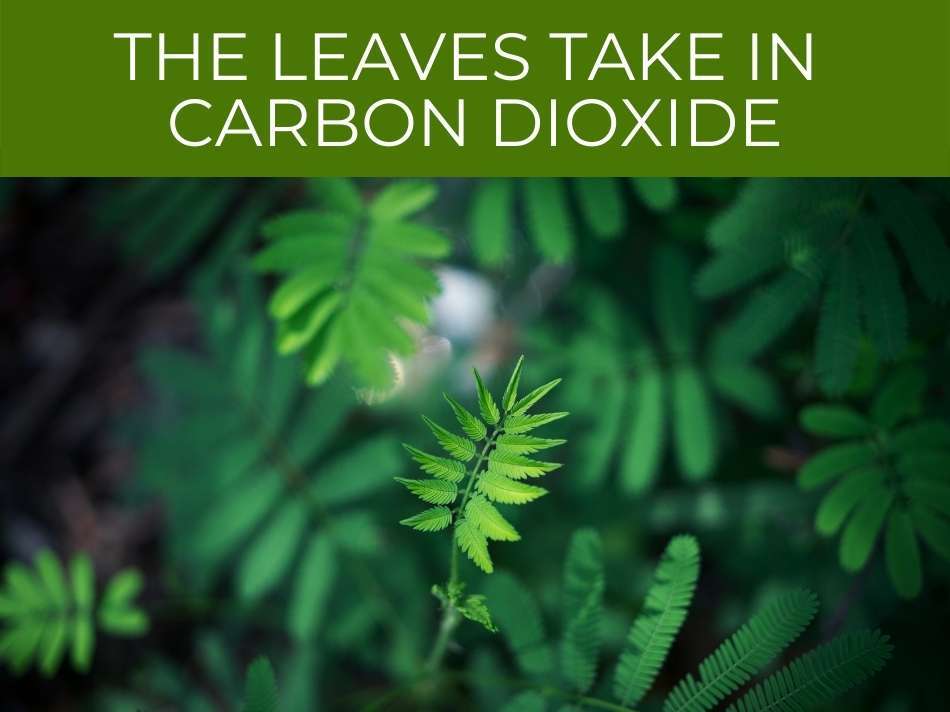
The leaves take in carbon dioxide and exhale oxygen during photosynthesis.
Plants make their own food which they use to grow and reproduce.
That system benefits humans and other animals in two ways.
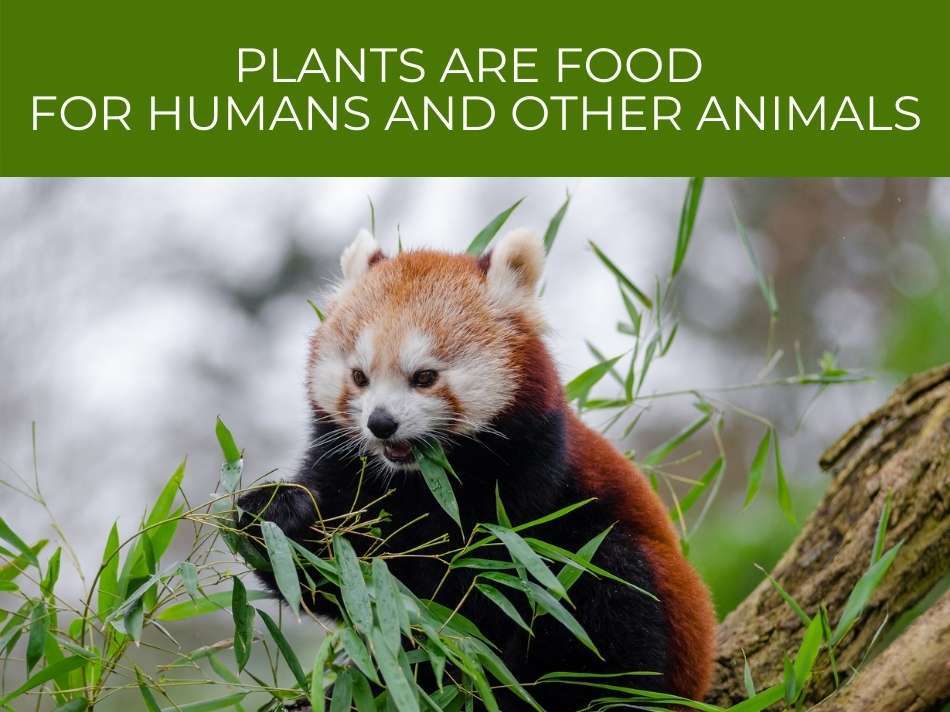
Plants are food for humans and other animals, and we use them to eat and survive.
Plants also produce oxygen and clean up carbon dioxide in the air.
Carbon dioxide is essential to the process, but it is also a source of pollution that can harm plants.
While they do eliminate some carbon dioxide, it is not enough to clean up all the pollution that exists, but plants do play an important role in our environment.
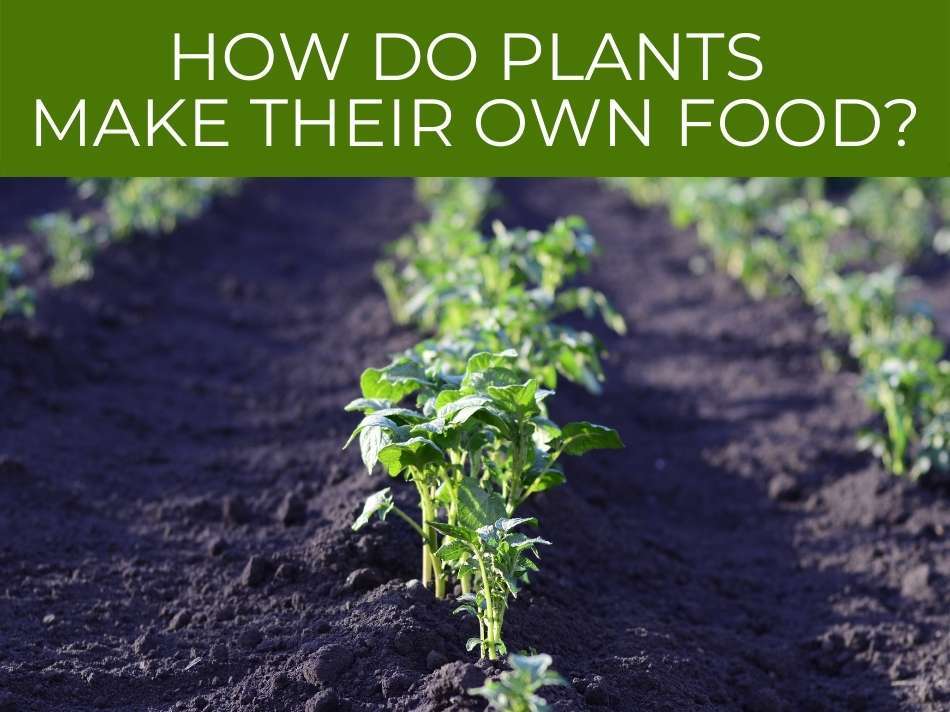
How do plants make their own food?
Plants make their own food by using tiny structures called chloroplasts to perform photosynthesis. Photosynthesis uses energy from light to combine water and carbon dioxide into glucose (sugar), which plants use as food.
The process plants use to make food is called photosynthesis.
It is a process where the energy of the sun is converted into chemical energy.
The chemical reactions make starch, which the plant will use for nourishment.
This is how plants continue to grow and thrive.
Photosynthesis is what happens to the soil, air, and water the plant uses to make food for itself.
This system is the same for all plants, and some algae and microorganisms.
The plant has nutrients and water from the soil.
The action takes place in the leaves. The leaves take in carbon dioxide, and that is combined with water and other nutrients.
That becomes chlorophyll, and when it is exposed to light, glucose and oxygen are formed.
When plants go through photosynthesis, the plant survives and continues to grow.
It sounds like a simple process, but a lot of things have to happen at the right time for it to go well for the plant.
The roots need to be able to get water to send to the plant.
The plant needs some light to make the chemical reaction happen.
The plants also need a period of darkness as part of the process.
There is a range of temperatures where this works as well, and all of these things have to be in sync for a plant to thrive.
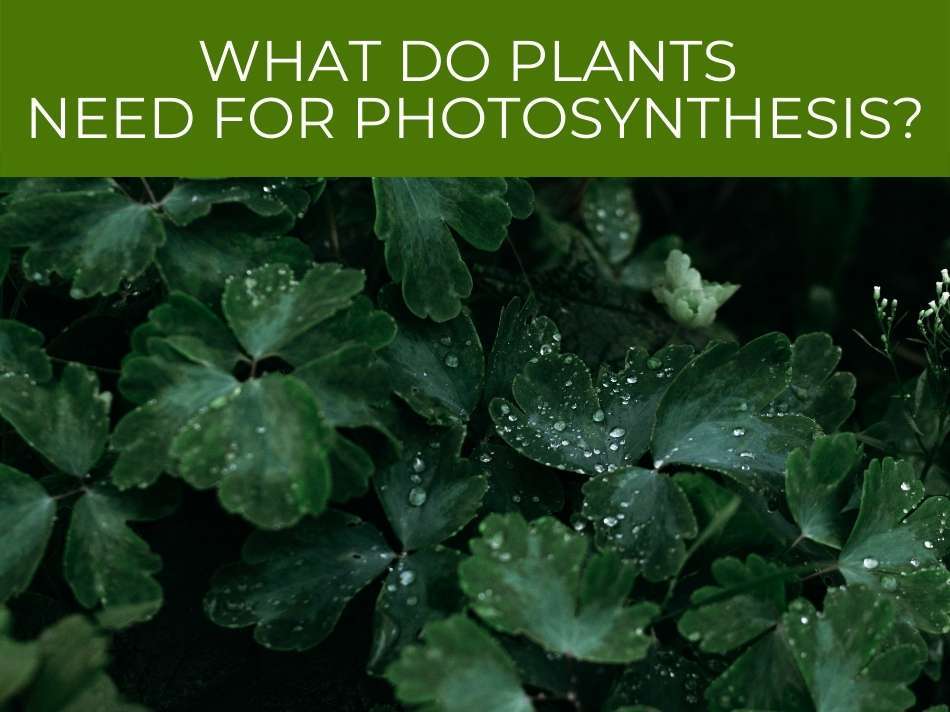
What do plants need for photosynthesis?
For photosynthesis to happen, plants basically need water (H2O), carbon dioxide (CO2), & light. In addition, chlorophyll (a green pigment) is used for harnessing energy from light to combine water & carbon dioxide via photosynthesis, which produces glucose and oxygen.
There is a lot of value in understanding how photosynthesis works, and what plants need to make it happen.
For thousands of years, people have sought ways to encourage plants to grow and make more food for humans and animals.
A lot was discovered by observation – such as the need for fertilizer.
They may not have understood photosynthesis, but they could tell when conditions were favorable or unfavorable for plants.
The light can be natural sunlight or artificial light.
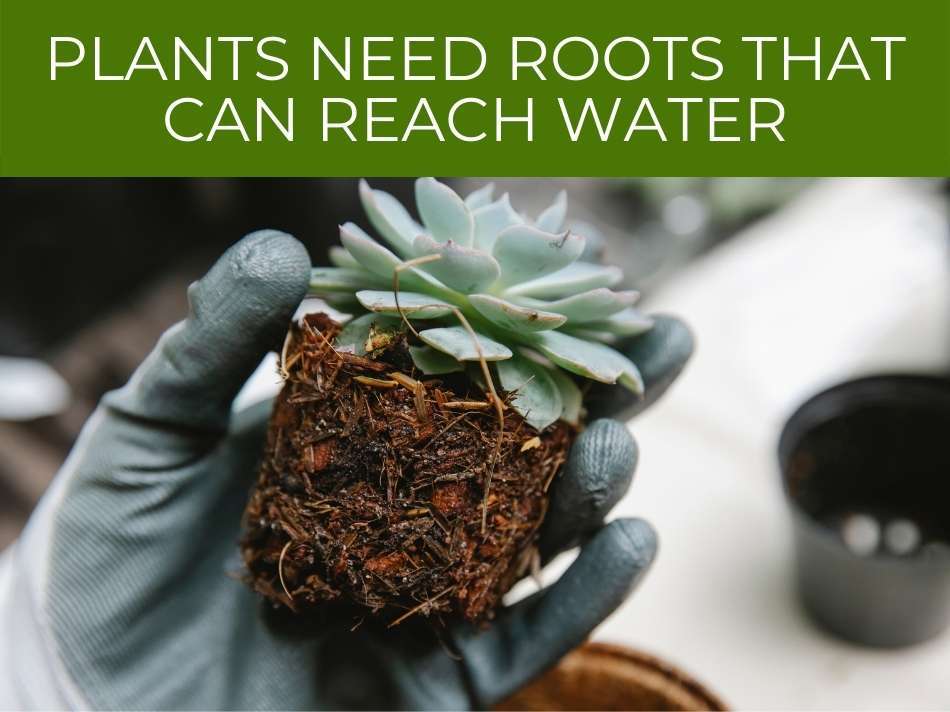
Plants need roots that can reach water, and some need more than others.
Plants need leaves that are exposed to sunlight, which is what causes the reaction to make what plants need to live and grow.
It could be said that chlorophyll is the most essential ingredient because this is where photosynthesis actually happens.
As we understand this, we can determine what plants need to be at their best.
Farmers use a lot of science like this for better crops, and we can use the same in our gardens.
Some plants have different needs than others, and varying amounts of light, water, and nutrients.
Making sure the plant has all of these things is what makes photosynthesis happen.
See where photosynthesis takes place.
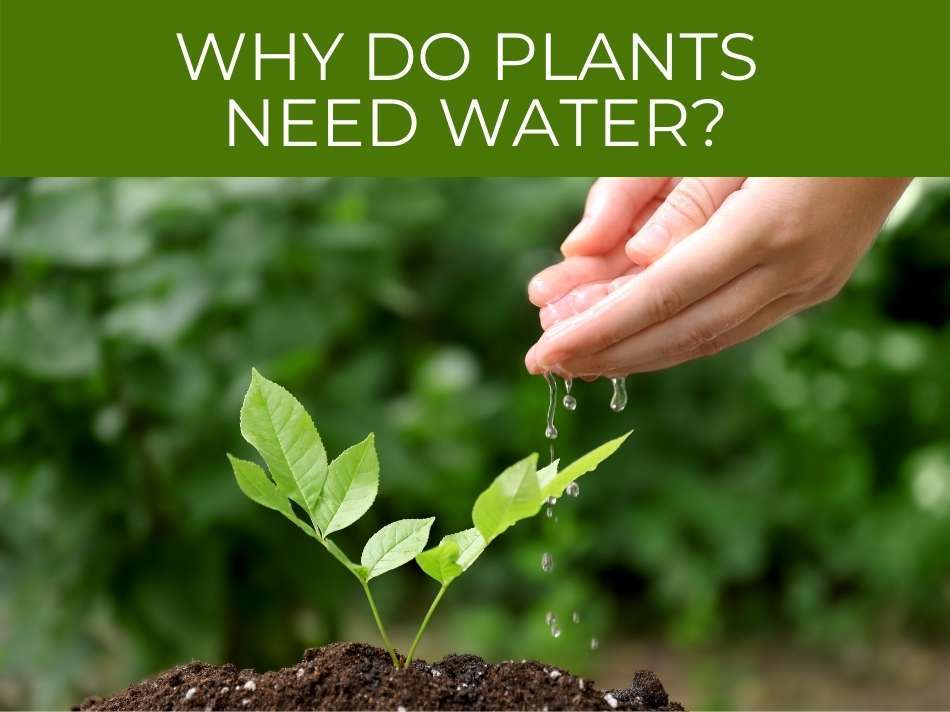
Why do plants need water?
Water is a required ingredient for photosynthesis, which is how plants make their own food. Without water, photosynthesis cannot occur, and plants would therefore be unable to produce food (glucose). Water also helps keep plants upright so they can compete for sunlight.
Water for plants is like blood for animals.
While both need water, it is even more crucial for plants.
About 90 percent of the tissue inside a plant is water.
Just like blood carries nutrients to parts of our bodies, water carries them to all parts of a plant.
Roots take in water and move nutrients up the plant.
Leaves also absorb some water, but to a lesser degree.
The nutrients the roots take in are dissolved in water, and the water carries the nutrients through the plant.
Water is how cell structure is formed and supported.
Plants move water from the roots through the plant.
Photosynthesis happens in the leaves of plants.
The sugars created by that process are moved through the plant as well, again with water.
Another thing water does is keep plants flexible.
This is how plants are able to bend with the wind.
They can remain strong and not break.
Water is also part of the structure that allows plants to turn their leaves toward the sun to facilitate photosynthesis.
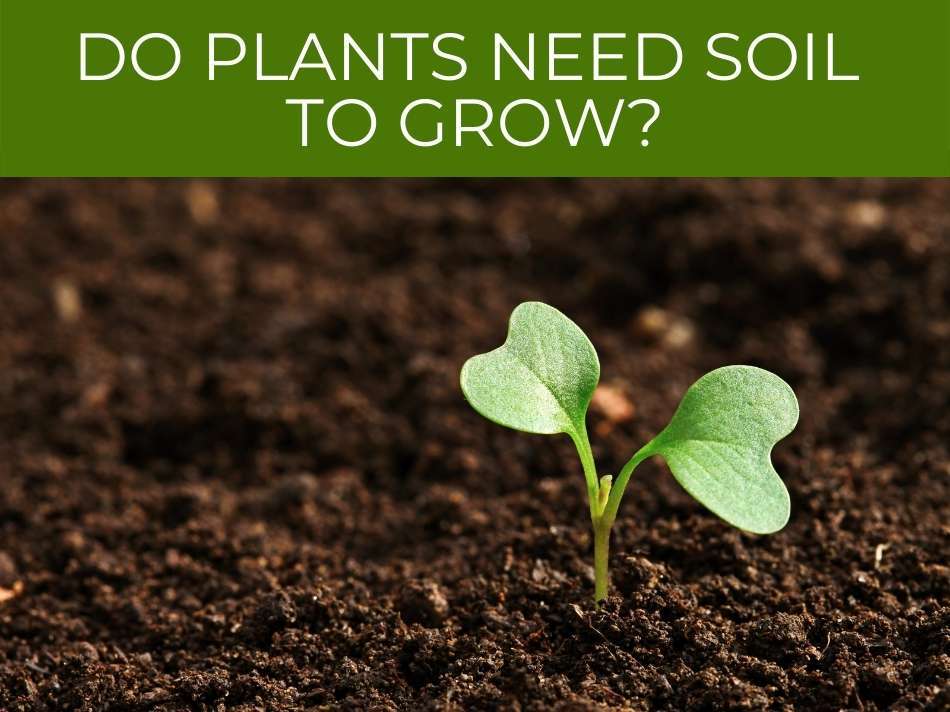
Do plants need soil to grow?
Plants do not need soil to grow; growing plants without soil can be done with water (called hydroponics) or air (called aeroponics). Plants can grow if they have the requirements for photosynthesis: water, carbon dioxide, & light; minute amounts of other elements also help plants stay healthy.
All plants grow in soil, so it would seem that they need soil to grow.
We always say the key ingredients of photosynthesis are soil, water, carbon dioxide, and light.
It is not entirely accurate to say that soil is the key ingredient.
Soil contains the nutrients plants need to grow, and the plants absorb those nutrients in the soil.
The plant needs the nutrients in the soil, as opposed to the soil itself.
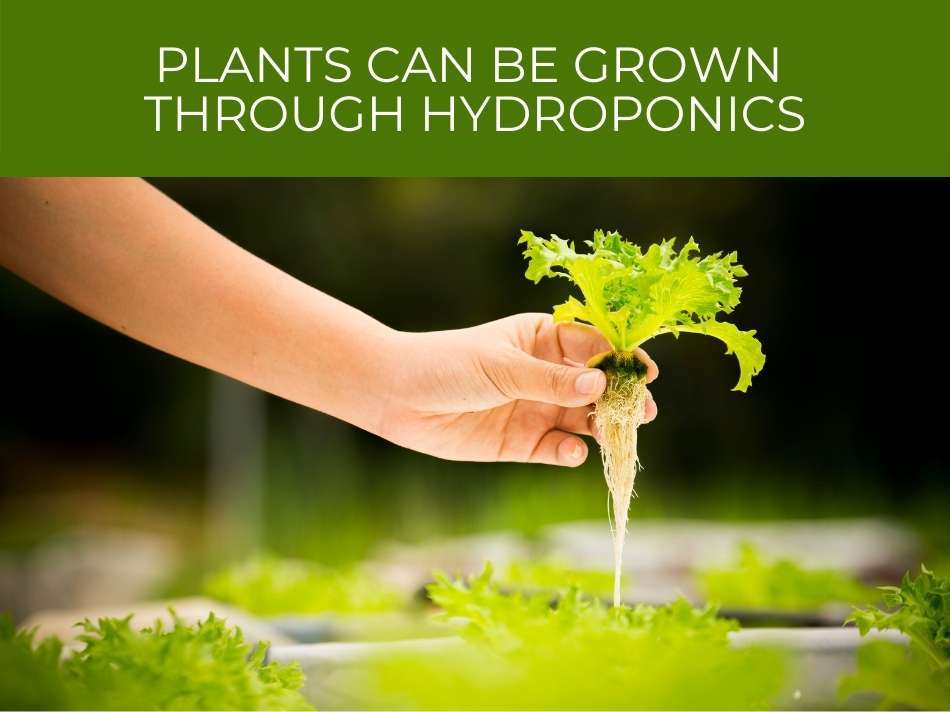
Plants can be grown through a process called hydroponics.
See the difference between growing in soil vs. hydroponics.
What the plant needs is supplied in other ways than what the soil provides.
The plants are grown in water with all the nutrients the plant needs.
Support and oxygen are also provided.
Temperature is also controlled as hydroponics is done inside, such as in a greenhouse or in a home.
Soil provides support for the roots and the plant, nutrients, protection from temperature extremes.
Soil is more like a container where plants get the materials they need to make food.
All of these things can be provided in ways that do not involve soil.
There is also a method called aeroponically, where the plants are suspended in the air.
Nutrients are sprayed on the roots.
They can grow without soil as long as those nutrients are provided in another way.

